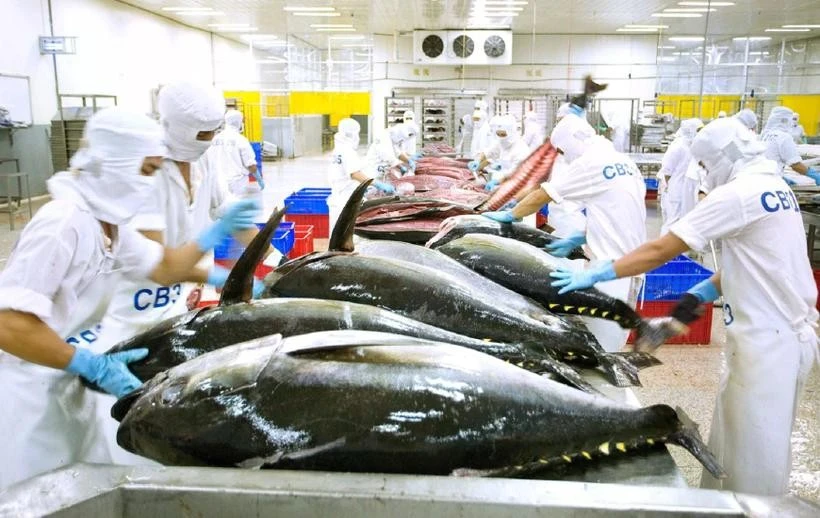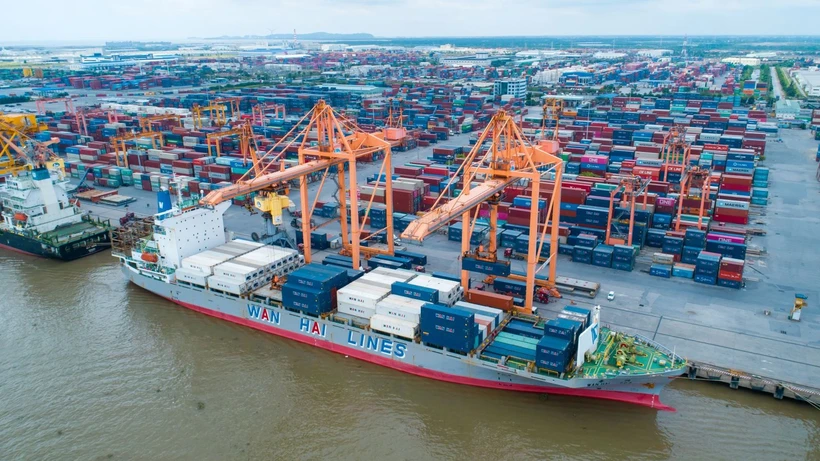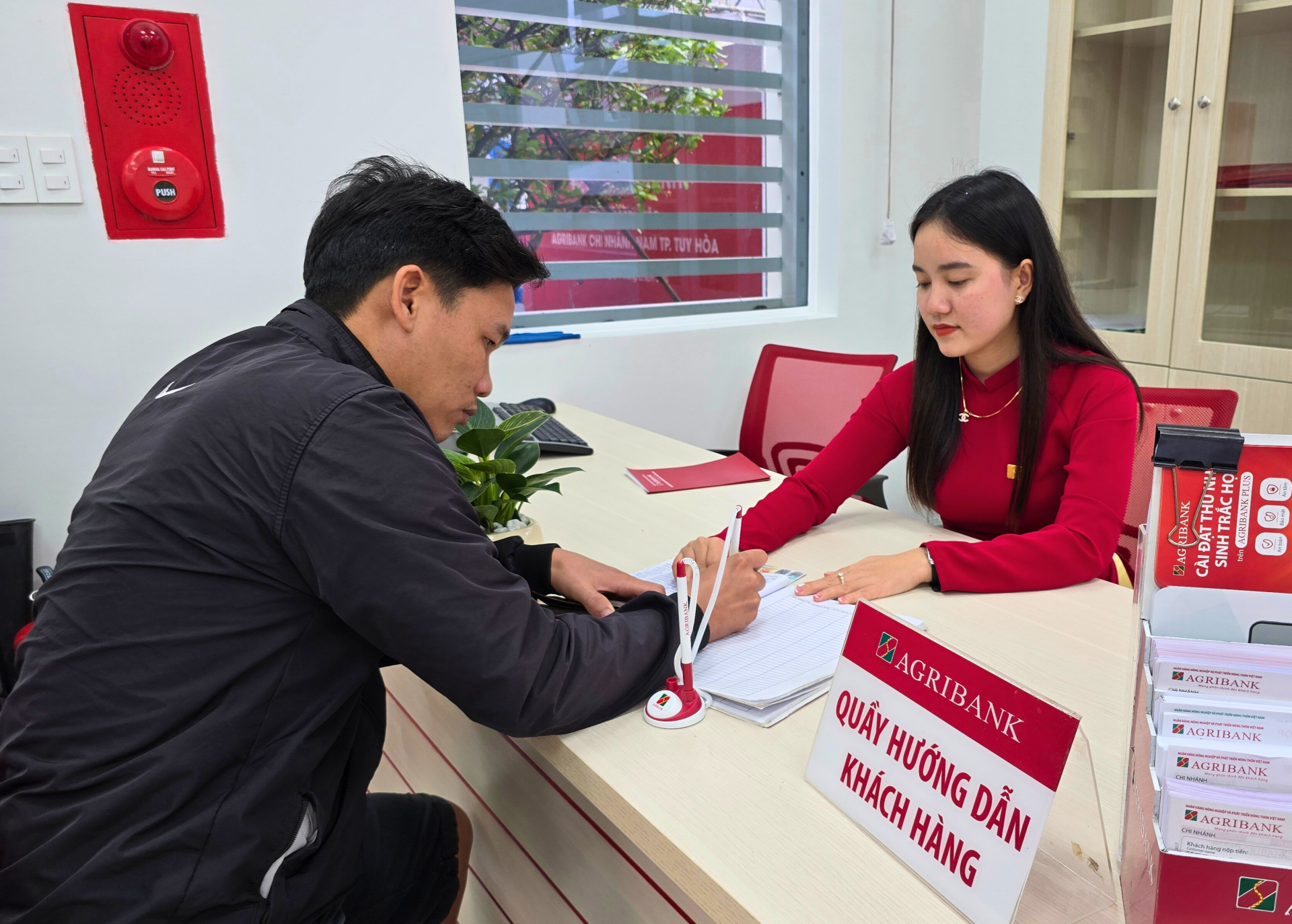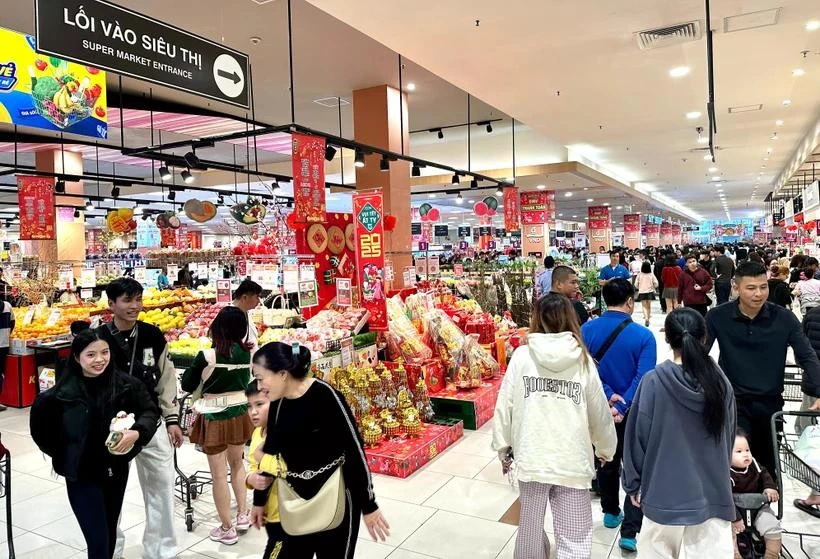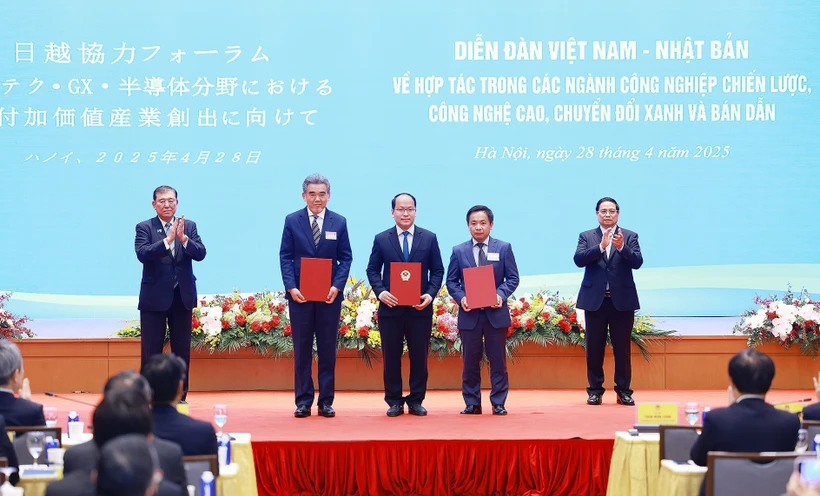Implementing Resolution 11-NQ/TU dated August 18, 2021, issued by the Provincial Party Standing Committee on the development and application of science, technology, and innovation, Phu Yen has since prioritized various resources to promote the application and advancement of science, technology, and innovation, contributing to the provincial socio-eco development goals. Initially, 6/8 targets have been met or surpassed; the remaining 2 are expected to be achieved by the end of this year...
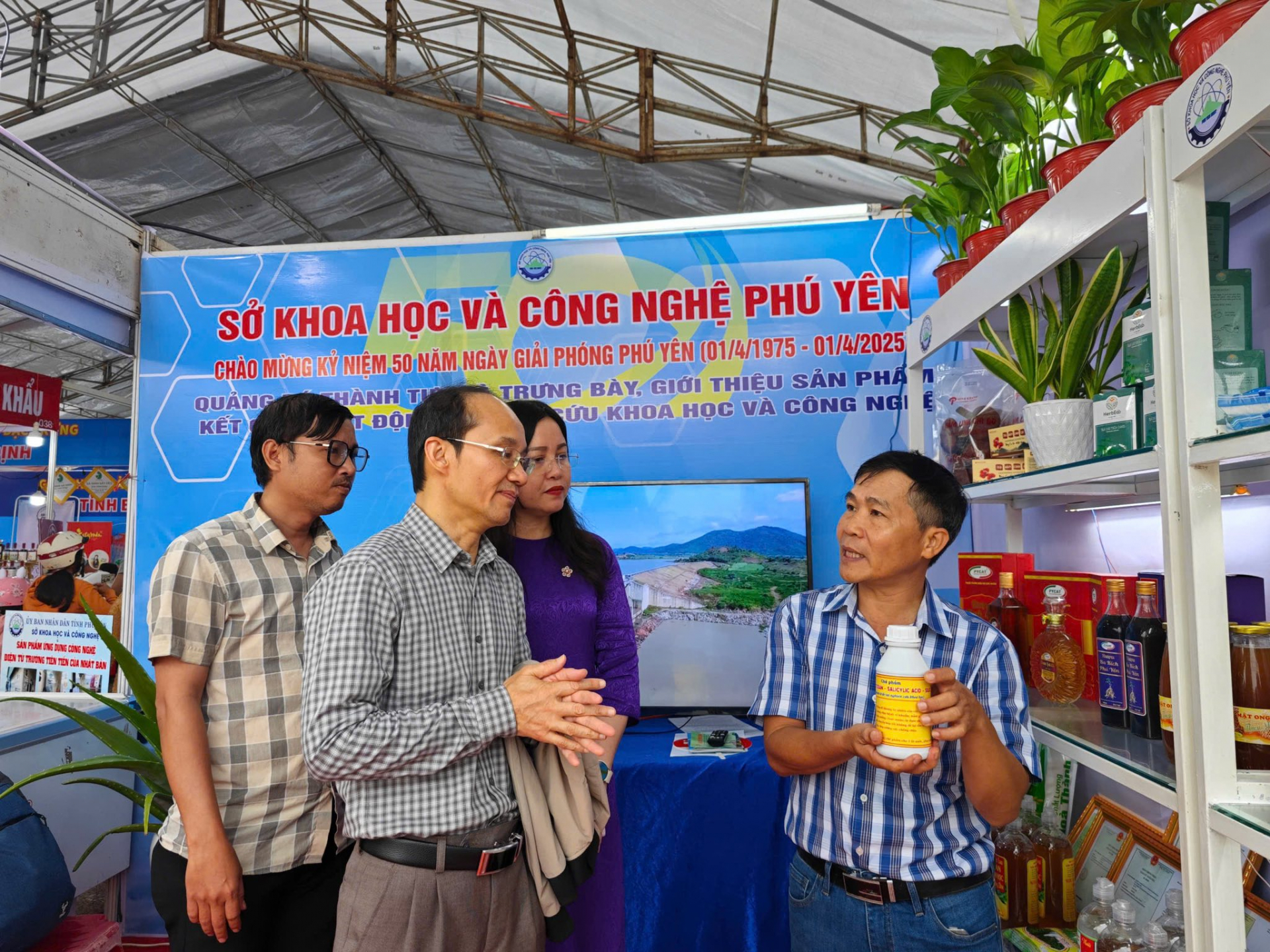 |
| Officials of Phu Yen S&T Center introducing to visitors about scientific and technological products produced by the research and production center |
With the motto '"People and businesses are the center, the main actors, resources, and driving force; scientists are the key factor; and the State plays a leading role in guiding, promoting, and creating the most favorable conditions for the development of science, technology, and innovation", in recent years, the application of science, technology, and innovation (STI) in the province has been given strong attention, yielding many positive initial outcomes.
Significant positive changes
According to the Department of Science and Technology (S&T), as of now, the implementation of Resolution 11 has led to considerable efforts in allocating state budget for S&T activities, reaching 0.78% of total public expenditure. The provincial scientific and technological capacity has made progress, with the contribution of STI to economic growth measured through total factor productivity (TFP) exceeding 43%. Efforts to disseminate legal knowledge and promote the application of scientific and technological advances in production and daily life have been intensified. S&T state management has become more rigorous, while research and application activities have remained focused on the provincial key strengths and priority sectors. Over 90% of research projects have been successfully applied in practical production and everyday life. The S&T market has begun to take shape, with a growing number of businesses investing in and adopting S&T. The socialization of S&T activities has seen many positive changes, especially in the areas of standards, metrology, and quality. Intellectual property development has received increasing attention, with over 473 trademark registration applications accepted between 2021 and 2024 - an increase of over 50% compared to the previous period; S&T cooperation in developing key and specialty products based on local strengths has made significant progress, with several products affirming their quality and gaining a competitive edge in both domestic and international markets.
In the 2021–2025 period, the S&T Department has implemented 45 S&T tasks, including 13 national-level tasks, 24 provincial-level tasks, and 8 grassroots-level tasks funded by the state budget. Of these, 25 tasks have been completed and applied in practice. Notable examples include: the recognition, protection, and circulation of 3 new rice varieties (PY8, PY10, and PR31); the selection of 3 cassava varieties (KM568, KM539, and KM537) that meet the required standards; 2 biomass corn varieties with superior yields of over 70 tons/ha; 4 lotus varieties (for flowers and seeds) that meet quality standards; 2 economically valuable aquaculture species; research on the conservation of 4 endemic gene sources of the province; and the trial production of 3 biological products. In parallel, the department has developed supplementary databases on climate, hydrology, reservoirs, and flood data; created tools to support flood prevention efforts; researched and proposed solutions for coordinating flood discharge among reservoirs to minimize downstream damage; built a system to support detailed risk-level warning and forecasting for natural disasters; and conducted surveys and assessments of biodiversity resources in the Xuân Đài Bay and inland water areas.
In the field of aquaculture, the departments of S&T, Agriculture, and Environment have adopted and applied various technologies, including: the technology for farming lobster in land-based tanks using a recirculating system; farming fish in HDPE cages based on Norwegian technology adapted to natural disasters; the application of automatic monitoring and environmental warning systems for lobster farming in Xuân Đài Bay and Cù Mông Lagoon; farming molting crabs in recirculating systems; expanding the model of Pacific oyster farming and eel farming; and adopting tissue culture techniques for seaweed and Chandana grouper farming, etc. These initiatives have contributed to increasing the income of local residents and businesses.
Strengthening S&T capabilities
Along with the achieved outcomes, Phu Yen has also faced numerous challenges and difficulties during the implementation of Resolution 11 on the STI development. The local workforce specialized in these fields is still lacking and does not meet the requirements. Mechanisms and policies to experiment, support, and scale up innovation initiatives are limited, with no breakthrough in biotechnology, digital technology, and automation. The efforts in training and attracting top scientists, talents, and leading experts have not yet met the set goals...
According to Ms. Lam Vu My Hanh, Deputy Director of the S&T Department, the main reason is the low investment in S&T. In particular, policies and solutions to attract social resources into the STI development have not been truly appealing. Some policies have been issued, but they are not strong enough to attract businesses to participate in the S&T development. Enterprises and organizations have not yet asserted their role as the center for STI development. "In the coming time, the S&T sector will continue to advise, build, and complete policies and laws for managing S&T tasks, promote the development of the provincial innovation startup ecosystem, focusing on enterprises as the center; remove barriers and obstacles to attract businesses to invest in S&T; exploit and develop intellectual property, apply advanced quality management systems, productivity and quality improvement tools, and traceability systems; support the development of high-tech products, key products, and provincial OCOP products" Ms. Hanh said.
According to Dr. Nguyen Minh Tien from the Soils and Fertilizers Institute, for STI to truly serve as a foundation and driving force for socio-eco development, Phu Yen needs to increase investment in this sector. This includes building a comprehensive database of experts from both within and outside the province to address urgent STI issues that align with the provincial specific conditions. The S&T sector should strengthen cooperation and actively coordinate with leading domestic and international universities, research institutes, and other provinces and cities to facilitate technology transfer, share experiences, and manage STI-related tasks; simultaneously, it is essential to introduce key strategic solutions to gradually position STI as a guiding factor in the provincial socio-eco development - contributing to the rapid modernization of production forces, boosting labor productivity, and improving the quality of life for the Phu Yen people in this era of national advancement.



